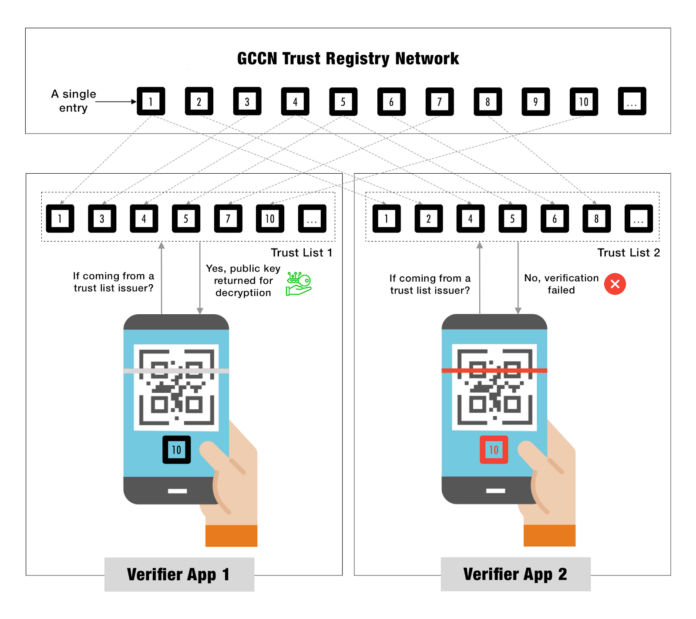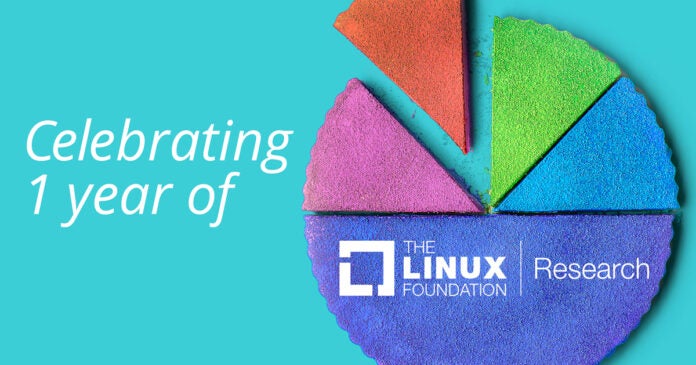Microsoft joins over 25 organizations committed to democratizing 3D software development for games and simulations
SAN FRANCISCO – April 29, 2022 – The Open 3D Foundation (O3DF) is proud to welcome Microsoft as a Premier member alongside Adobe, AWS, Huawei, Intel, and Niantic. Microsoft’s participation in the project brings a wealth of knowledge and thought leadership that continues to reinforce how important the industry believes in working to make a high-fidelity and fully-featured open-source 3D engine available to every industry unencumbered by commercial terms.
Microsoft Principal Group Program Manager Paul Oliver will join the Governing Board of O3DF, supporting the Foundation’s commitment to ensure balanced collaboration and feedback that meets the needs of the Open 3D community. The Governing Board cultivates innovative relationships among stakeholders to drive the Foundation’s strategic direction and its stewardship of 3D visualization and simulation projects.
“Microsoft’s roots in creativity run deep, and we want to help creators wherever they are, whoever they are, and whatever platform they’re creating for. Having the Linux Foundation create the Open 3D Foundation is a fantastic step towards helping more creators everywhere and we are excited to be a part of it.”
This move builds on Microsoft’s continued commitment to democratizing game development and making its tools and technologies available to game creators worldwide. Last year, the company made its Game Development Kit available to all developers through GitHub. With its new engagement with O3DF, Microsoft is extending a commitment to opening up technology to everyone.
“We are elated to have Microsoft join the Open 3D Foundation as a Premier member,” said Royal O’Brien, Executive Director of O3DF and General Manager of Games and Digital Media at the Linux Foundation. “Having incredible industry veterans like Microsoft contributing and helping drive innovation with the community for 3D engines is a huge benefit to the open-source community and the companies that use it alike.”
A Growing Community
Microsoft is one of 25 member companies since the public announcement of the Open 3D Foundation in July 2021. In November 2021, Open 3D Engine (O3DE) announced its first major release. The 21.11 Release allows simulation developers to create 3D content with the new O3DE Linux editor and engine runtime. This release also added a new Debian package and Windows installer that provides a faster route to getting started with the engine. The O3DE community is very active, averaging up to 2 million line changes and 350-450 commits monthly from 60-100 authors across 41 repos.
Where to See the Open 3D Engine Next
On June 20, the Open 3D Foundation will host Open 3D Connect, a half-day interactive meet-up, co-located with the Linux Foundation’s Open Source Summit North America in Austin, Texas. Learn more here.
Additionally, on October 18-19, the Open 3D Foundation will host its flagship conference, bringing together technology leaders, indie and independent 3D developers, and the academic community to share ideas, discuss hot topics and foster the future of 3D development across a variety of industries and disciplines. For those interested in sponsoring this event, please contact pr@o3d.foundation.
Anyone interested in the Open 3D Engine is invited to get involved and connect with the community on Discord.com/invite/o3de and GitHub.com/o3de.
About the Open 3D Engine (O3DE) project
The Open 3D Engine (O3DE) is the flagship project managed by the Open 3D Foundation (O3DF). The open-source project is a modular, cross-platform 3D engine built to power anything from AAA games to cinema-quality 3D worlds to high-fidelity simulations. The code is hosted on GitHub under the Apache 2.0 license. To learn more, please visit o3de.org.
About the Open 3D Foundation
Established in July 2021, the mission of the Open 3D Foundation (O3DF) is to make an open-source, fully-featured, high-fidelity, real-time 3D engine for building games and simulations, available to every industry. The Open 3D Foundation is home to the O3DE project. To learn more, please visit o3d.foundation.
About the Linux Foundation
Founded in 2000, the Linux Foundation is supported by more than 1,000 members and is the world’s leading home for collaboration on open source software, open standards, open data, and open hardware. Linux Foundation’s projects are critical to the world’s infrastructure including Linux, Kubernetes, Node.js, and more. The Linux Foundation’s methodology focuses on leveraging best practices and addressing the needs of contributors, users and solution providers to create sustainable models for open collaboration. For more information, please visit us at linuxfoundation.org.
Media Inquiries:
The post The Open 3D Foundation Welcomes Microsoft as a Premier Member to Advance the Future of Open Source 3D Development appeared first on Linux Foundation.




